What trek lover has never dreamed of crowding the sides of the Nepali mountains? Did you plan to go back to Nepal? Follow the guide!
Located between the two Asian giants of China and India, Nepal is eldorado Treks fans. A landlocked country with the Himalaya mountain range, Nepal has eight summits of more than eight thousand metres, including Mount Everest. The country is divided into three major geographic areas: the wet region of Terrai, the average mountain and the Kathmandu valley, as well as the high mountain of Nepal's north. What are you waiting for to do a trek in Nepal?
A life will not be enough to test all the treks offered by Nepal. The most famous and technical hikes are of course located in the north of the country. From the Gokyo trek to the Everest base camp, to the Annapurna circuit or the Langtang, you will find the trek that will meet your expectations. Indeed, there are hikes for a period of five days or, for the most important, treks for more than twenty days! Rest assured, there are many intermediaries! Finally, for those who like to hike and exchange, know that doing a trek in Nepal is also a human and cultural adventure, which will not leave you indifferent.
Heat your crampons and follow the guide!
The Everest region
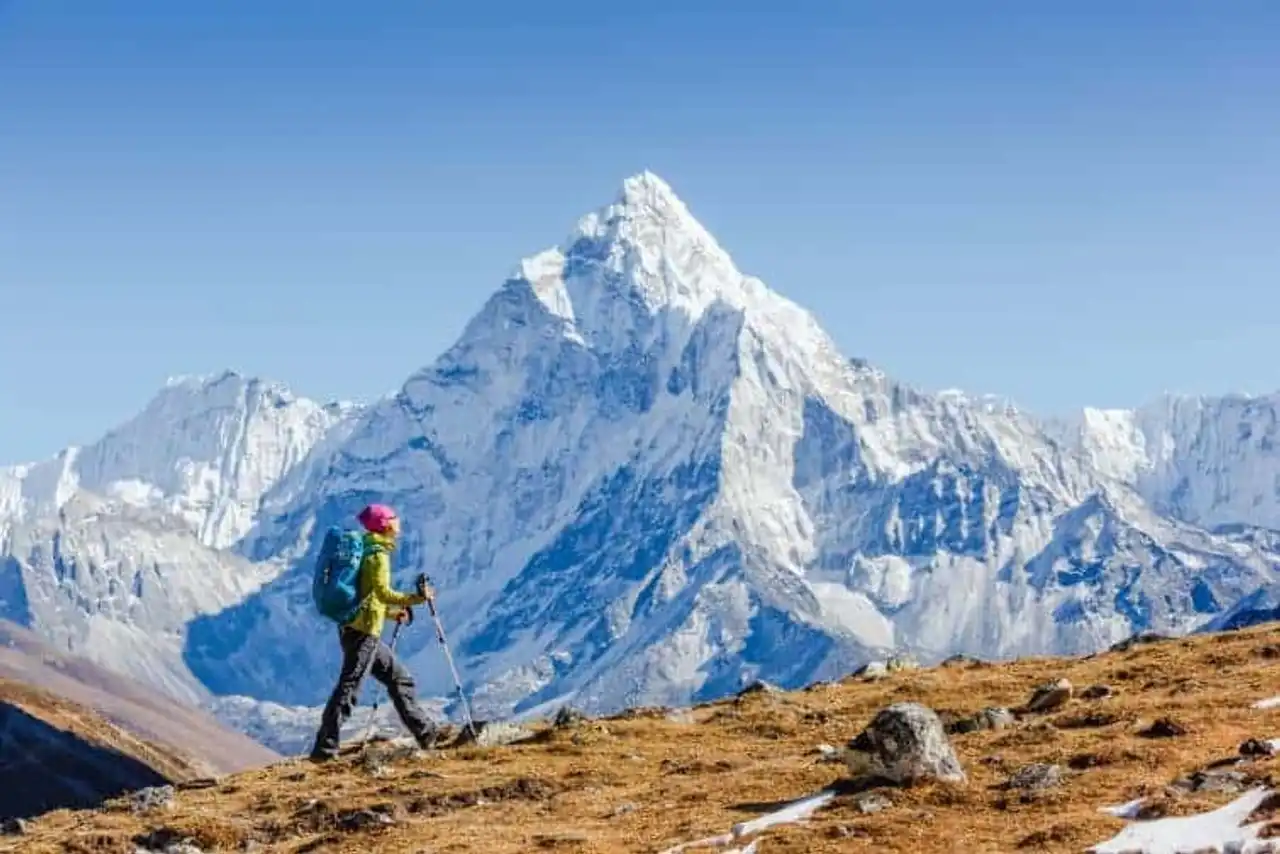
Photo credit: Shutterstock / Olga Danylenko
The Everest Base Camp
Distance: 130 km
Duration: 12 and 16 days
Difficulty: moderate to high
The best time to go: October to December and February to May.
Strong points: Walk in the footsteps of Edmund Hillary and Sherpa Tensing Norgay!
More than just a trek in Nepal, the Everest base camp is a myth. It is not necessarily the most beautiful trek, but it is undoubtedly the best known and one of those who attract many hikers. To look at the world from above, there are several possibilities for you: to pass through the traditional itinerary, by the Gokyo Ri and Cho La , or by Renjo Pass , Cho La and Kongma La .
Gokyo trek
Duration: 12 and 15 days
Difficulty: difficult
The best time to go: October to December and February to May.
Strong points: The view of the Everest and the lakes of an intense emerald color.
If you want to take advantage of the attractions of the Everest region, without the inconvenience of the affluence, the Gokyo trek is all indicated. You will appreciate the beauty of the landscapes, overlook the sacred lakes of Gokyo, cross traditional sherpas villages and finish with the ascent of the Gokyo Ri apex exceeding 5,300 m. Note that this trek is not a loop. However, the view is quite different when you turn back.
Three Passes Trek
Distance: 130 km
Duration: 20 days
Difficulty: high
The best time to go: October to December and March to May.
Strong points: The beauty of the lakes in the Gokyo Valley and the pride of having reached the top of three five thousand meters.
This trek is considered particularly difficult. You will add three summits of over 5,000 m to your hunting board: the Gokyo Ri , Kala Pattar and Chukkung Ri . Knowing that you will stay several days above the 5,000 m altitude, make sure to take the time to acclimatize.
The region of Annapurna
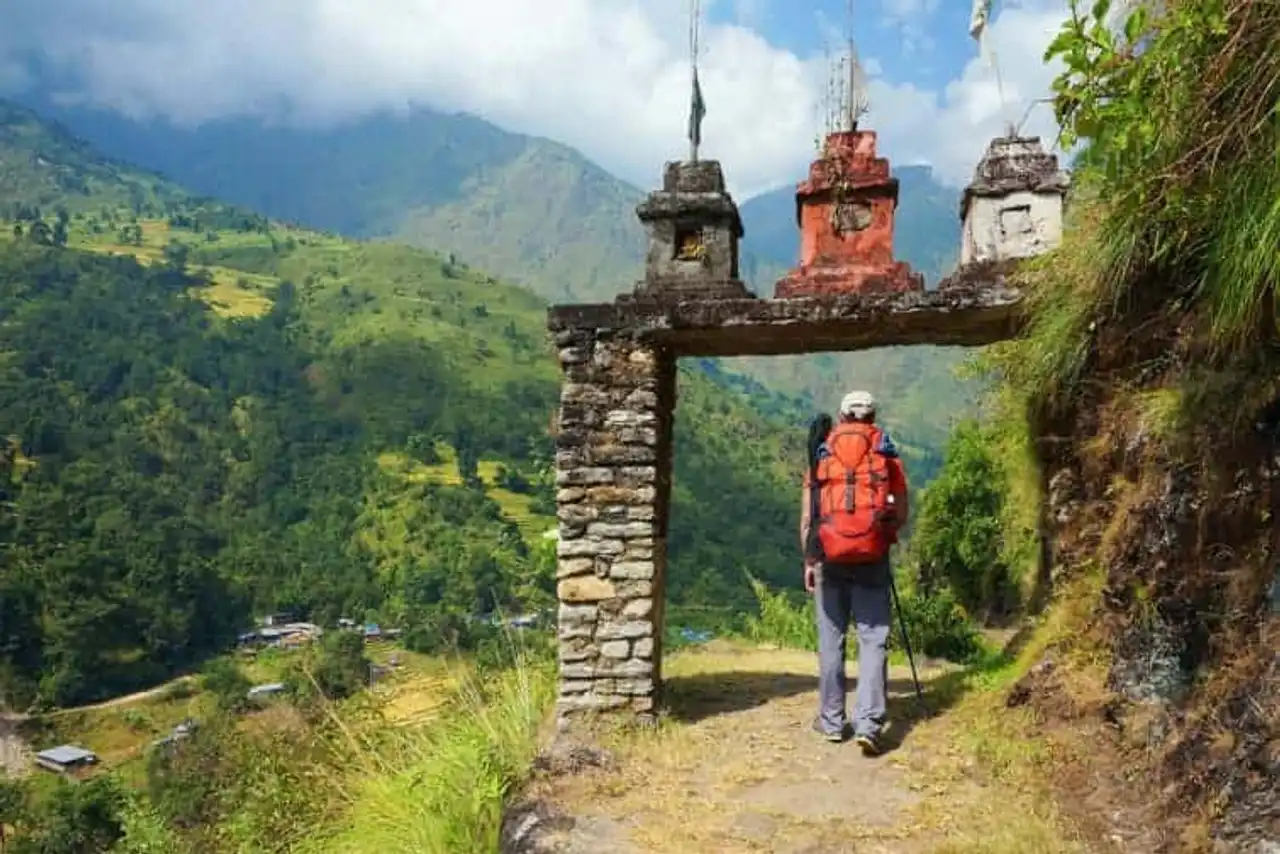
Photo credit: Shutterstock / Moroz Nataliya
The Annapurnas circuit
Distance: 160-230 km
Duration: between 12 and 18 days
Difficulty: Moderate to difficult
The best time to go: October and November, March and April
Strong points: The wide variety of landscapes crossed and the circuit side.
You think the trek of the base camp of Everest is the most beautiful, because of the setting in which it takes place? Get out of here. If you had to choose a trek in Nepal, it would be the one on the Annapurnas circuit. The beauty and variety of landscapes are impressive. Moreover, it is a hike that is not only sporty, but also of great cultural wealth. Finally, this trek is the advantage of being a loop, which creates a permanent surprise effect.
The Shrine of the Annapurnas
Distance: 112 km
Duration: 10 days
Difficulty: Moderate
The best time to go: October to May
Strong points: The view from the sanctuary.
Despite its duration which may seem impressive for beginner trekkers, the sanctuary of the Annapurnas is yet one of the long treks in Nepal most accessible to the general public. Indeed, if you respect the acclimatization levels at the altitude, limit your load and take your time, the hike is of an average level. Cherry on the cake: the landscapes are beautiful! Traverse with elegant rhododendron forests and lovely villages cut from the world, before reaching the base camp of the Annapurnas.
Ghorepani Poon Hill Trekking
Distance: 40 km
Duration: five or six days
Difficulty: easy to moderate
The best time to go: spring
Strong points: The sunrise!
If you don’t have time or dare not throw yourself in a trek of several days, know that the duration of the hike does not make its beauty. Contemplate landscapes of terraced cultures, discover how the inhabitants of the lost villages of the valley live, let yourself be charmed by the forests of rhododendrons and do not miss the indescribable sunrise on the Annapurnas chain.
The Mustang region
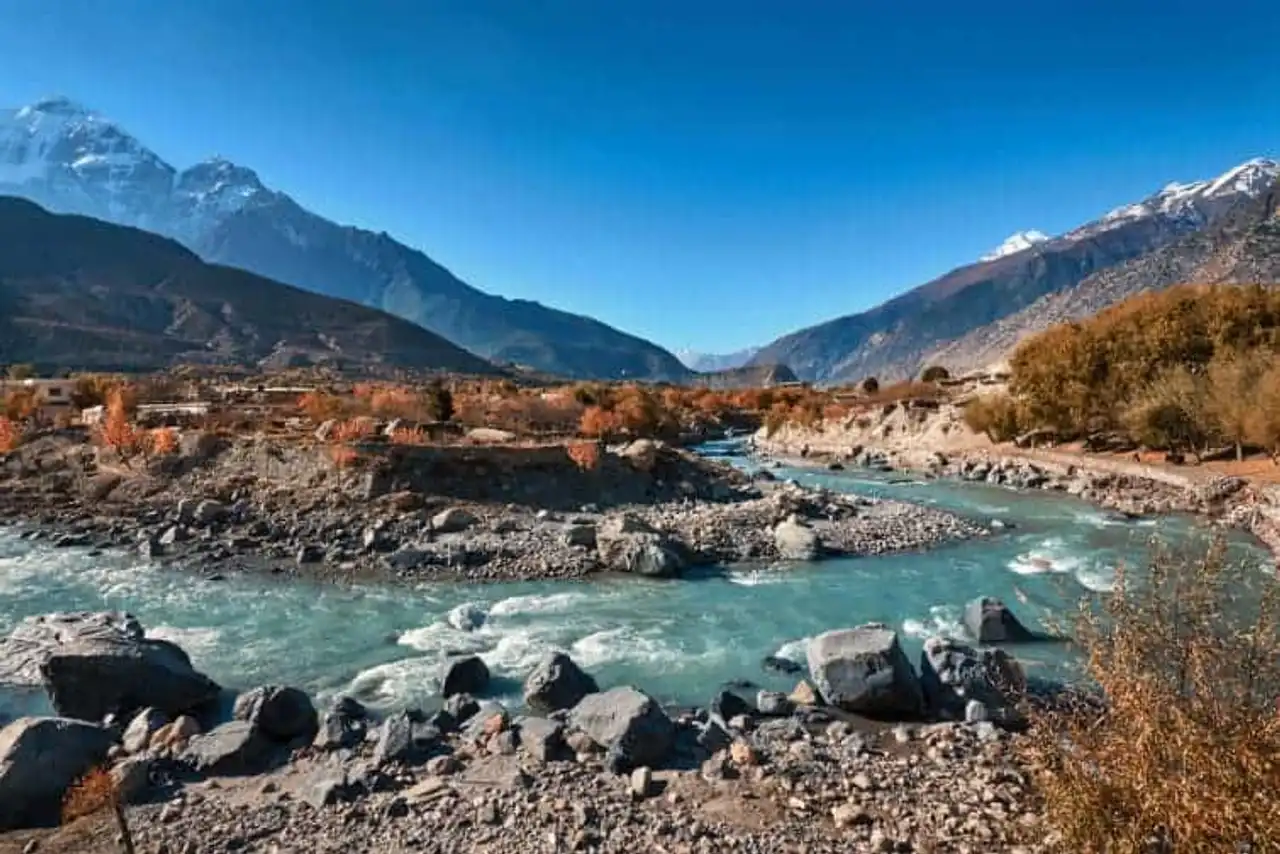
Photo credit: Shutterstock / Vladimir Zhoga
Distance: 185 km
Duration: 10 days
Difficulty: Moderate
The best time to go: May to October
Strong points: The sense of the end of the world, the singularity of the places.
Welcome to another world! The mustang trek will make you discover rough, dry landscapes, where the white of eternal snow slices with the ochre of lunar lands. However, the apparent hostility does not remove anything from the authenticity of the places and the people crossed on your way. You will cross ancient Tibetan villages that have lost nothing of their traditions or hospitality. Making a trek in Nepal is an extraordinary opportunity that changes you forever.
Western Nepal
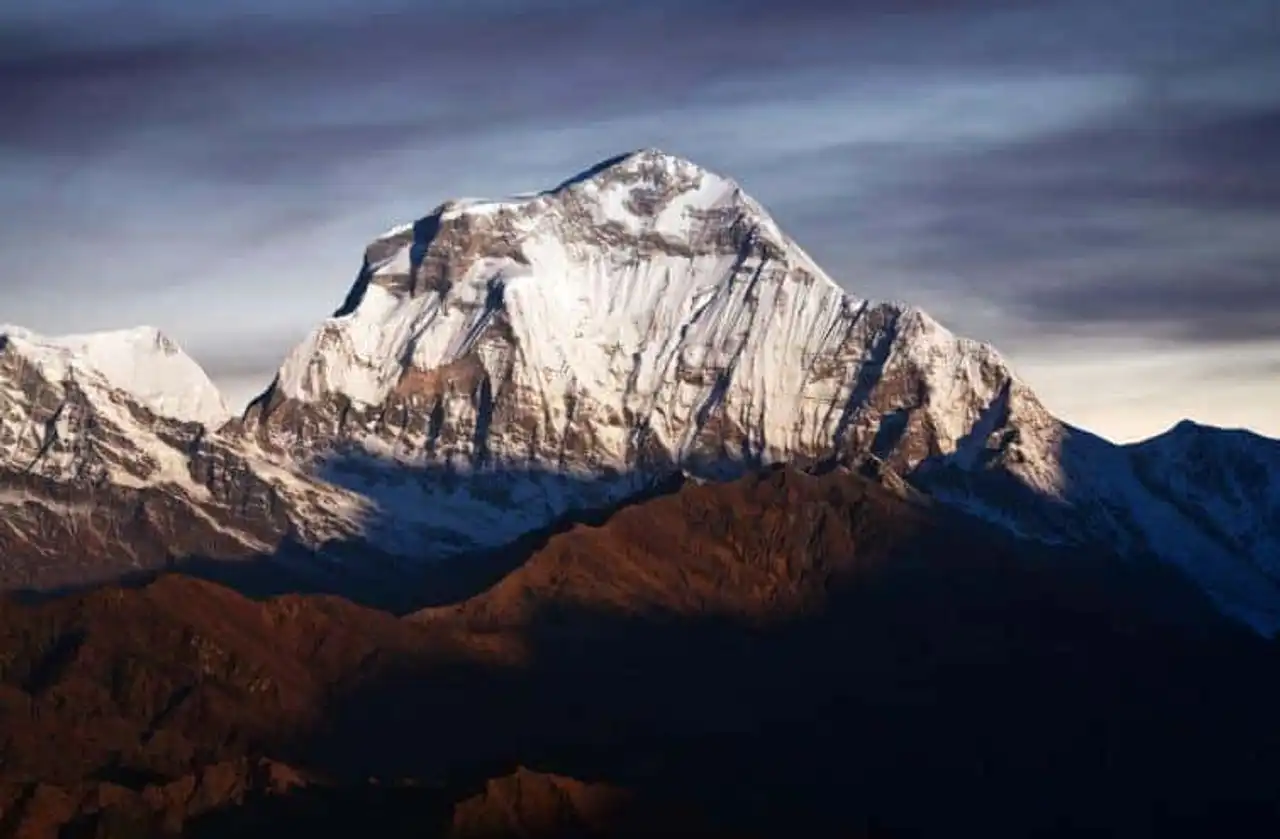
Photo credit: Shutterstock / Zzvet
Distance: 90 km
Duration: 16 days
Difficulty: advanced
The best time to go: a regular avalanche risk requires regular weather checks.
Strong points: The view of the Dhaulagiri massif and the variety of landscapes.
The tower Dhaulagiri is only to consider if you are a seasoned hiker. Indeed, some passages require the use of crampons. However, don’t let yourself be impressed by the difficulty, as this trek is one of the must-sees of a trek stay in Nepal, especially because of the diversity of landscapes crossed.
East of Nepal
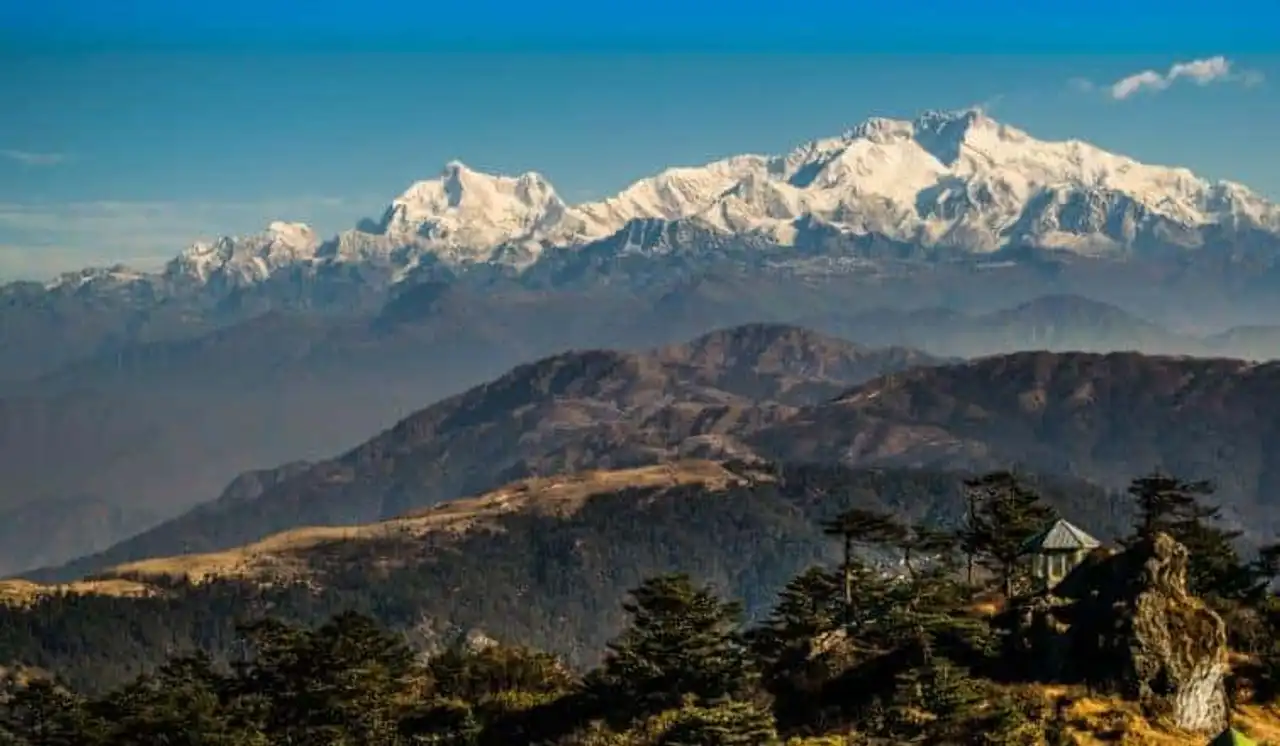
Photo credit: Shutterstock / debruprocks
Distance: 180 km
Duration: eighteen to twenty-one days
Difficulty: difficult
The best time to go: October and November, March to May
Strong points: The breathtaking landscapes.
The Kanchenjunga is the third highest summit in the world. To get to his base camp, it is best to be accompanied by a porter and to have a minimum of experience to face steep slopes and ridges giving you a breathtaking view of the surrounding mountains. Killing the high spheres of the planet deserves. The hike is long and painful, but has the merit of not suffering from too intense attendance.
The Langtang and the Masnalu
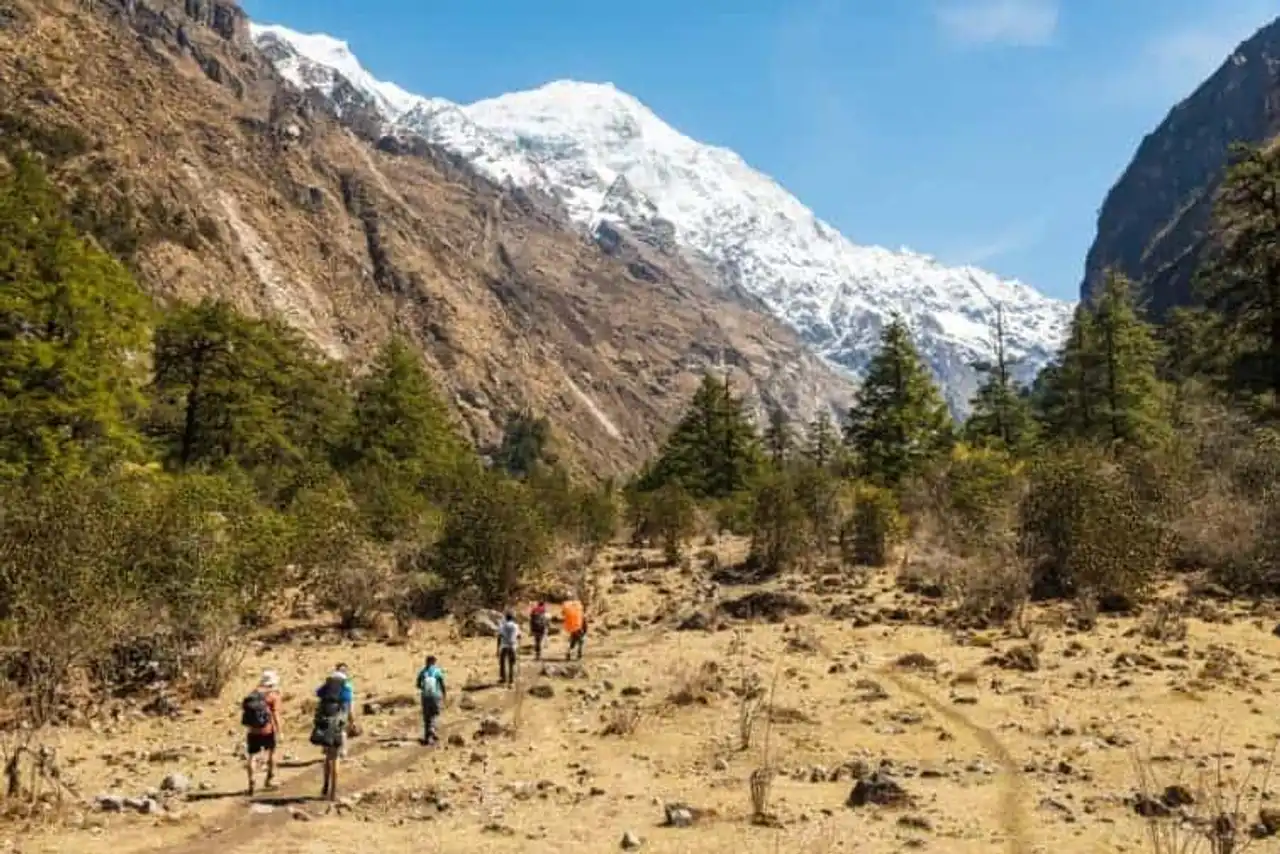
Photo credit: Shutterstock / Niti Thanomsri
The Langtang trek
Distance: 120 km
Duration: 11 or 12 days
Difficulty: Moderate
The best time to go: October to May
Strong points: Glaciers and Nepali villages
The trek Langtang is taken from hikers, because easily accessible from Kathmandu. It is especially displeasant because of its particularly wild character. However, you will be able to discover small, very charming villages in Nepal. The hike is also appreciated for its glaciers.
The Manaslu Tower
Distance: 180 km
Duration: 16 to 18 days
Difficulty: Moderate
The best time to go: mid-March to May, and October to mid-December
Strong points: Diversity, both aesthetically and culturally.
Eighth World Summit, Manaslu is less known than other eight thousand and yet offers a grandiose setting to walk. The tower of the Manaslu is just as famous as that of the Annapurnas , but his attendance is still moderate. You will appreciate the beauty of the landscapes, the many Hindu or Tibetan villages, as well as Buddhist monasteries.
Other Nepali treks
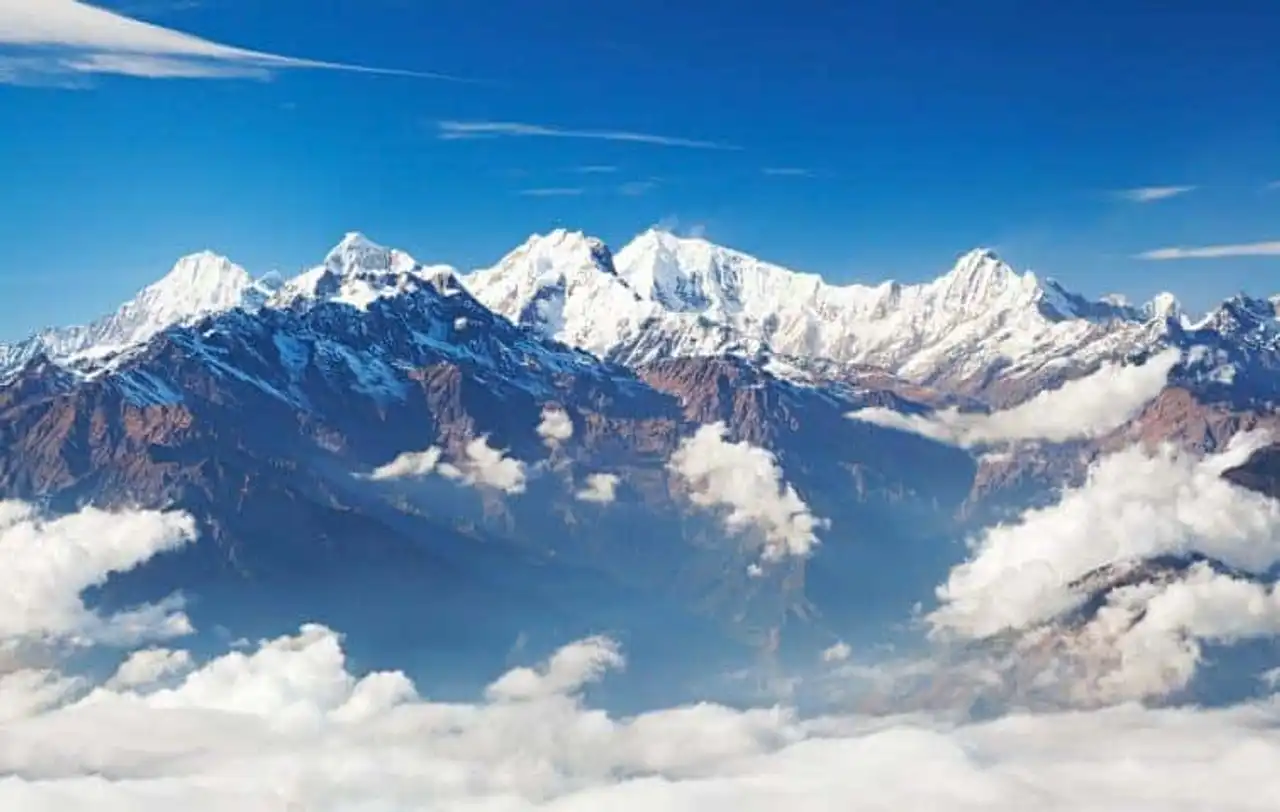
Photo credit: Shutterstock / Ritam – Dmitrii Melgunov
A whole book would not be enough to present all Nepalese treks, whose appeals are no longer to be demonstrated. However, if you have already experienced the hikes presented above, you can try the trek of Naar Phu, that of Kopra, or the trek Thame or Ganesh Himal.
Whatever the trek you choose, make sure to take the time to acclimatize to avoid the acute evil of the mountains. It is most often best to consult with a guide who will advise you and accompany you during your trek. If this is not always necessary, passing through the services of a sherpa can limit fatigue and allow you to fully enjoy the beauty of the landscapes.
Do you feel the mountain call? Come and make one of the most beautiful treks of the Nepal !
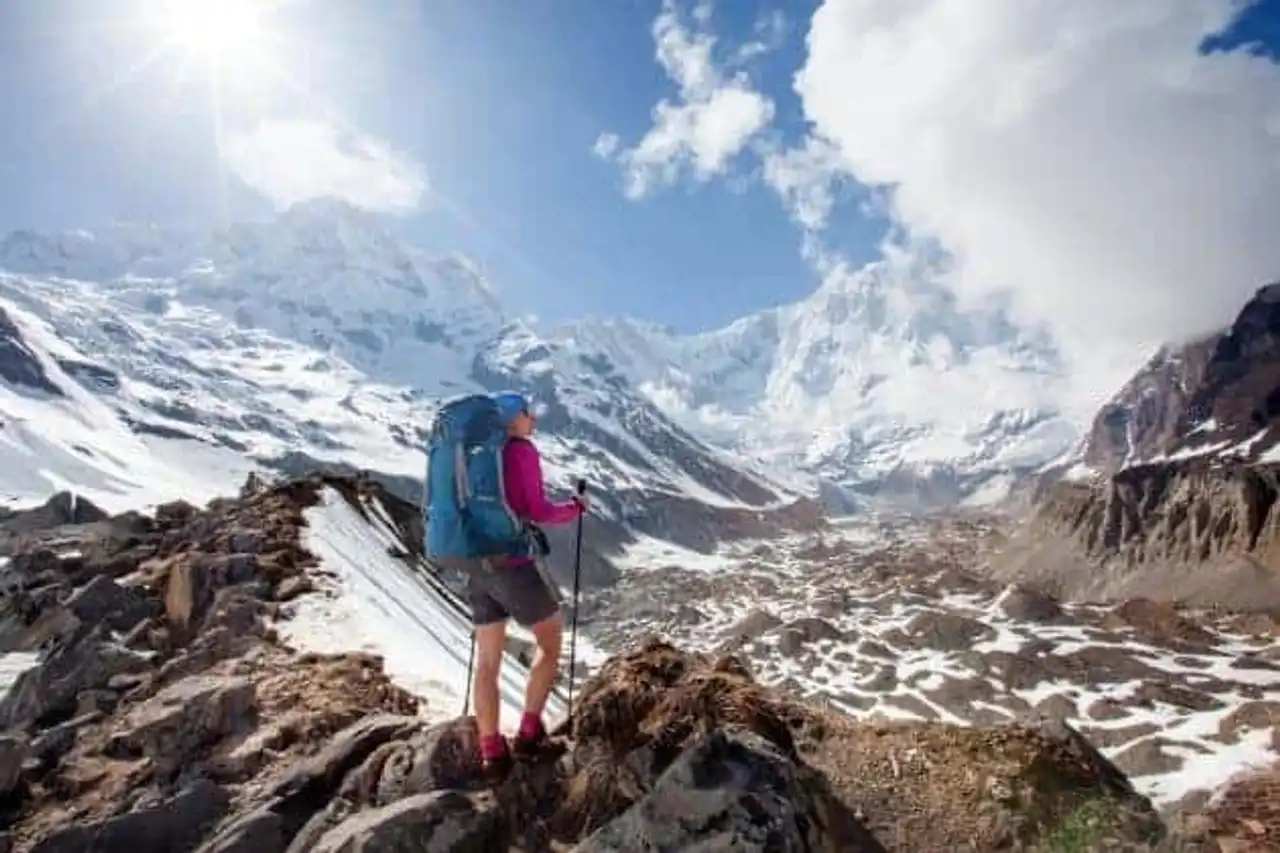




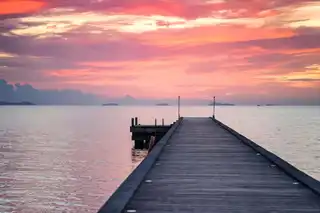
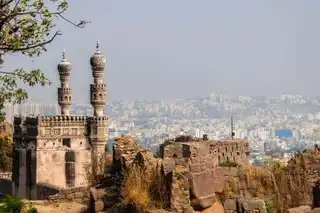
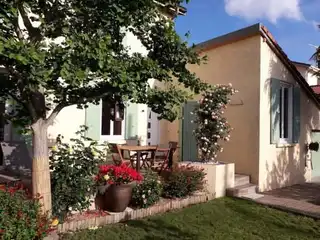
Loading comments ...